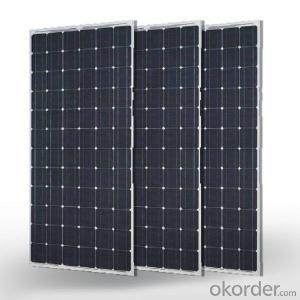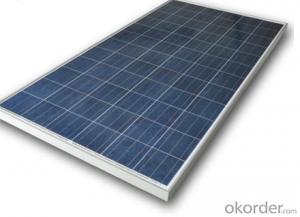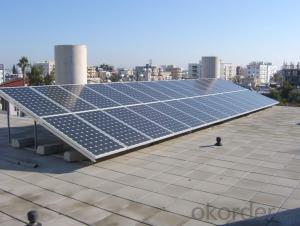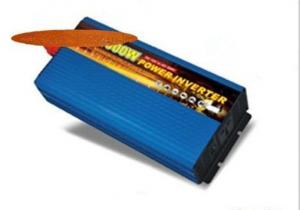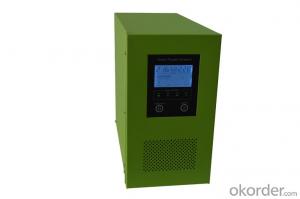Solar Power Kit With Inverter
Solar Power Kit With Inverter Related Searches
Solar Kit With Inverter Solar Panel Kit With Inverter Solar Power Inverter Kit Power Inverter Solar Kit Solar Inverter Kit Solar Panel With Inverter Kit Solar Battery Inverter Kit Solar Panel Kits With Inverter Solar Panel Power Inverter Kit Solar Battery With Inverter Solar Panel Inverter Kit Inverter With Solar Input Solar Charger With Inverter Shed Solar Kit With Inverter Micro Inverter Solar Kit Inverter With Solar Charger Inverter With Battery Solar Solar With Electric Inverter Solar Inverter Kit Price Mini Solar Inverter Kit Inverter With Solar System Inverter For Solar Power Plant Inverter With Solar Panel Rv Solar Kit With Inverter Inverter With Solar Panels Solar Panel With Inverter Solar Battery Inverter Combo Inverter In Solar Power Plant Rv Solar Kits With Inverter Solar Inverter Pcb KitSolar Power Kit With Inverter Supplier & Manufacturer from China
A Solar Power Kit With Inverter is a comprehensive solution that includes solar panels, an inverter, and other necessary components to harness solar energy and convert it into usable electricity for various applications. This kit is designed to provide a clean and renewable source of power for homes, businesses, and off-grid locations, making it an environmentally friendly choice for energy generation. The Solar Power Kit With Inverter simplifies the process of setting up a solar power system, as it comes with all the essential parts required for a functional setup.The Solar Power Kit With Inverter is widely used in various scenarios, such as residential homes, commercial establishments, and remote areas where grid electricity is unavailable. It can be employed to power lighting systems, appliances, and other electrical devices, reducing reliance on traditional energy sources and lowering energy bills. Additionally, this kit can be used in conjunction with battery storage systems to provide a backup power supply during periods of low sunlight or power outages, ensuring a continuous flow of electricity.
Okorder.com is a leading wholesale supplier of Solar Power Kit With Inverter, offering a vast inventory of high-quality products at competitive prices. As a reputable supplier, Okorder.com ensures that customers receive reliable and efficient solar power solutions that meet their specific energy needs. By partnering with Okorder.com, customers can benefit from their expertise in the solar power industry and access a wide range of Solar Power Kit With Inverter options to suit different requirements and budgets.
Hot Products

























